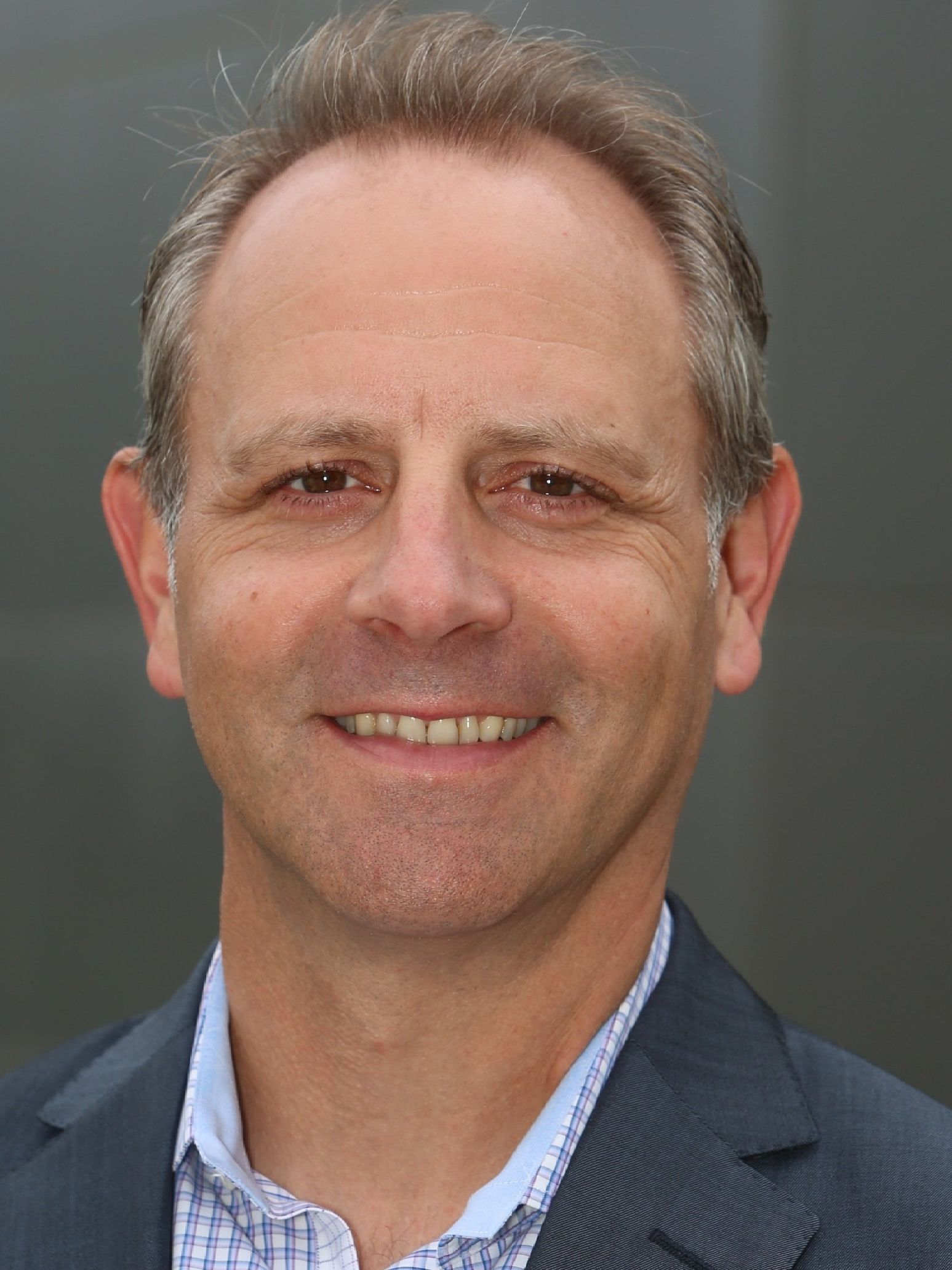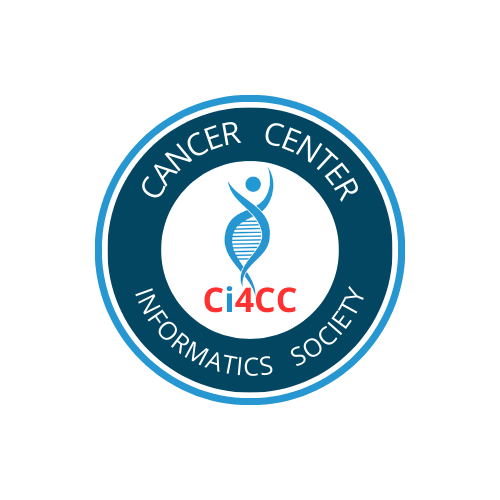New SU2C-Lustgarten Foundation Pancreatic Cancer Convergence Dream Team Announced
Fox Family Cancer Research Funding Trust Is Contributing to Support Team
$8 million grant over three years will fund research focusing on novel immunotherapies for pancreatic cancer
SAN DIEGO — Stand Up To Cancer (SU2C), The Lustgarten Foundation, and the Fox Family Cancer Research Funding Trust, along with the American Association for Cancer Research (AACR), SU2C’s Scientific Partner, announced the formation of a Dream Team dedicated to pancreatic cancer research during a press event today at the AACR Annual Meeting 2014, held here April 5-9.
Elizabeth M. Jaffee, M.D., professor of oncology at the Johns Hopkins University School of Medicine and co-director of the Gastrointestinal Cancers Program at the Sidney Kimmel Comprehensive Cancer Center at Johns Hopkins in Baltimore, Md., will lead the Dream Team. Robert H. Vonderheide, M.D., D.Phil., associate director for translational research at the Abramson Cancer Center of the University of Pennsylvania and the Hanna Wise Professor in Cancer Research at Penn’s Perelman School of Medicine in Philadelphia, Pa., will co-lead the project, which is titled, “Transforming Pancreatic Cancer to a Treatable Disease.”
The SU2C-Lustgarten Foundation Pancreatic Cancer Convergence Dream Team Translational Research Grant will provide $8 million in funding over three years for this innovative project that will develop new therapies to exploit patients’ own immune cells to treat their cancers. The team will be supported in part by a gift to SU2C from the Fox Family Cancer Research Funding Trust.
“Pancreatic cancer suppresses the body’s antitumor immune response,” said Jaffee. “These tumors do not allow immune cells that can recognize and kill them to even enter the pancreas. We think we can use vaccination to activate antitumor immune cells and then use other agents to get those cells into the pancreas, where they can attack the tumor.
“We intend to convert the immune-suppressive environment of the tumor into one that fosters rejection of the tumor by the immune system,” she said.
Researchers on the Dream Team represent nine institutions: Johns Hopkins University; Abramson Cancer Center of the University of Pennsylvania; Washington University in St. Louis; University of California, San Francisco; Oregon Health & Science University; New York University Langone Medical Center; Stanford University; University of Cambridge, United Kingdom; and Memorial Sloan Kettering Cancer Center.
“Pancreatic cancer is among the most deadly types of cancer,” said Vonderheide, “but we believe that we are on the cusp of developing and delivering care that has the potential to make real headway. We have a new understanding that the immune system can be a powerful therapy for cancer and we know that to exploit it to treat pancreatic cancer, we need to activate the immune system in better and more robust ways.
“It’s time to act,” Vonderheide added, “and this grant will allow us to do just that.”
The joint venture between SU2C, formed in 2008 to accelerate the translation of cancer research into meaningful advances in patient care, and The Lustgarten Foundation, the nation’s largest private funder of pancreatic cancer research, brings together leading cancer research fundraising groups. Formation of the team will fulfill the mission of both organizations and that of the Fox Family Cancer Research Funding Trust to fund the most promising research to find new treatment options for pancreatic cancer and ultimately enable patients to lead long and healthy lives.
“With only two percent of federal funding directed toward pancreatic cancer research, organizations like Stand Up To Cancer and The Lustgarten Foundation serve a critical role in helping to combat this lethal disease,” said Kerri Kaplan, executive director of The Lustgarten Foundation. “New approaches like immunotherapy are urgently needed to help identify more effective treatment options for patients and save lives.”
“While we are making progress with many other forms of cancer, breakthroughs are needed in pancreatic cancer to improve survival time and allow people to live their lives as normally as possible,” said Sung Poblete, Ph.D., R.N., SU2C’s president and chief executive officer. “The SU2C-Lustgarten Foundation Dream Team is bringing together some wonderfully talented researchers from top cancer centers who will work collaboratively to bring us closer to the day when pancreatic cancer can be managed, if not cured.”
The SU2C–Lustgarten Foundation Pancreatic Cancer Convergence Research Project
Pancreatic ductal adenocarcinoma (PDA) is resistant to most forms of therapy and is one of the most deadly types of cancer. The environment that surrounds cancer cells is referred to as the tumor microenvironment, and studies in mice and humans have shown that the PDA tumor microenvironment has unique characteristics that are thought to limit the efficacy of treatment. By understanding the obstacles that prevent the tumor from responding to treatments, it should be possible to develop therapeutic agents to eliminate these barriers, resulting in the effective treatment of PDA.
T cell-based cancer immunotherapy has shown promise for the treatment of a variety of cancer types and was hailed by the journal Science as “Breakthrough of the Year” in 2013. Despite its emerging promise, clinical efforts for immune therapy in PDA have lagged behind. Recent advances in PDA mouse models and in technologies to study cancer-associated immune processes at tumor sites have revealed that major anti-PDA immune responses can occur if antitumor T cell-generating approaches are combined with drugs that block immune suppression in the tumor. Based on promising initial clinical trials, this Dream Team’s goal is to “reprogram” the tumor microenvironment to fuel clinically meaningful anticancer immune responses in patients with PDA.
The Dream Team will use a “convergence” approach by bringing together leading individuals in the fields of immunotherapy, genetics, informatics, biostatistics, regulatory/clinical trials, cancer biology, and pathology. This group of experts will apply their efforts toward understanding and treating PDA.
“Pancreatic cancer is particularly difficult to treat because it is often not detected until it has reached an advanced stage,” said Poblete. “We are very pleased that SU2C is working with The Lustgarten Foundation and the Fox Family Cancer Research Funding Trust to support promising new research that has the potential to extend the lives of people with pancreatic cancer.”
The Dream Team will conduct combination clinical trials and establish biomarkers of tumor microenvironment reprogramming. Trials will focus on novel immune-suppressive pathways within the tumor, either in combination with a T cell-activating vaccine or chemotherapy. These trials will also establish a national PDA biobank for identification of immune biomarkers. Preclinical studies in PDA mouse models will be conducted to establish novel multiagent approaches and develop biomarkers that will drive the next generation of clinical trials.
The project is expected to start July 2014, with clinical trials scheduled to open within the first year.
Dream Team Selected Through Unique, Rigorous Process
A SU2C-Lustgarten Foundation Joint Scientific Advisory Committee (JSAC) conducted a unique, rapid, and rigorous evaluation of the applications via a multistep scientific review process.
The committee is chaired by Nobel Laureate Phillip A. Sharp, Ph.D., institute professor at the David H. Koch Institute for Integrative Cancer Research at the Massachusetts Institute of Technology in Cambridge, Mass. It is co-chaired by SU2C representative Michael B. Kastan, M.D., Ph.D., executive director of the Duke Cancer Institute in Durham, N.C., and David A. Tuveson, M.D., Ph.D., director of The Lustgarten Foundation Pancreatic Cancer Research Laboratory at Cold Spring Harbor Laboratory in Cold Spring Harbor, N.Y., director of research for The Lustgarten Foundation, and professor and deputy director for the Cancer Center at Cold Spring Harbor Laboratory. The JSAC comprises highly accomplished senior laboratory researchers and physician-scientists as well as advocates.
The review process began with a call for ideas by the AACR in September 2013. The committee then chose four teams, each of which met with the JSAC to present the plans for their research and respond to questions about their projects—a level of interaction between applicants and reviewers that is unique in a scientific review process.
The AACR is responsible for administering the grant and provides ongoing scientific oversight to ensure that progress is being made. Since the launch of SU2C, the AACR has played an integral role as SU2C’s Scientific Partner by providing scientific leadership, expert peer review, grants administration, and oversight of progress.
Dream Team Principals and Advocate Members
The “Transforming Pancreatic Cancer to a Treatable Disease” Dream Team consists of a multidisciplinary group of experts that includes laboratory and clinical researchers, young investigators and senior scientists who have not worked together in the past, and patient advocates. In addition to Jaffee and Vonderheide, team members are:
Principals:
- Margaret A. Tempero, M.D., University of California, San Francisco;
- Lisa M. Coussens, Ph.D., Oregon Health & Science University;
- David C. Linehan, M.D., Washington University in St. Louis;
- Dafna Bar-Sagi, Ph.D., NYU Langone Medical Center;
- Irving L. Weissman, M.D., Stanford University;
- Douglas T. Fearon, M.D., University of Cambridge, United Kingdom; and
- Steven D. Leach, M.D., Memorial Sloan Kettering Cancer Center.
Advocates:
- Stuart Rickerson, University of California, San Francisco, patient advocate;
- Richard Vague, University of Pennsylvania School of Medicine board member and managing partner, Gabriel Investments; and
- Betty Booher, pancreatic cancer advocate.
Including today’s announcement, SU2C has now awarded grants to 12 Dream Teams and two Translational Cancer Research Grants. Twenty-six Innovative Research Grants have been awarded to individual young investigators. Together, these recipients comprise more than 700 scientists from more than 100 institutions.
Share this Article with others





